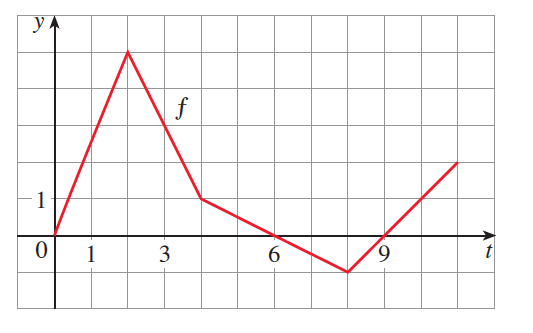Answered step by step
Verified Expert Solution
Question
1 Approved Answer
Let 0 x f ( t ) d t , where f is the function whose graph is shown. GRAPH SCREENSHOT ATTACHED 1) Use Part
Let 0xf(t)dt , where f is the function whose graph is shown.
GRAPH SCREENSHOT ATTACHED
1) Use Part 1 of the Fundamental Theorem of Calculus to graph g'
2) Find g(3), g'(3), and g''(3)
3) Does g have a local maximum, a local minimum, or
neither at x = 6?
4) Does g have a local maximum, a local minimum, or
neither at x = 9?

Step by Step Solution
There are 3 Steps involved in it
Step: 1

Get Instant Access to Expert-Tailored Solutions
See step-by-step solutions with expert insights and AI powered tools for academic success
Step: 2

Step: 3

Ace Your Homework with AI
Get the answers you need in no time with our AI-driven, step-by-step assistance
Get Started


